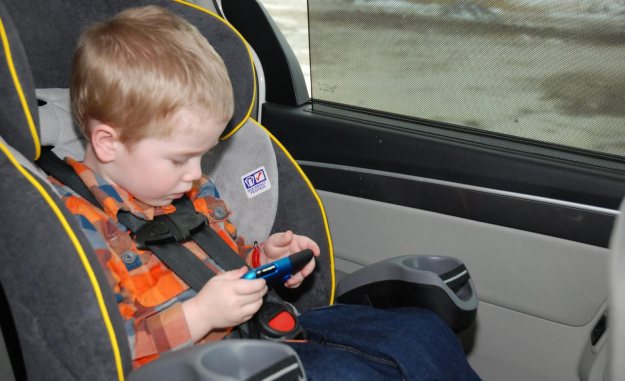
Mentioned during an announcement last week, the Entertainment Software Rating Board (ESRB) and CTIA Wireless Trade Association have announced a new rating system for mobile games. Identical to the rating system for consoles, mobile gaming applications will be rated on a five-point scale and tie into the letter system used for console and PC game released. Age 6 and older will be rated E for Everyone, age 10 and older rated Everyone 10+, age 13 and older is rated T for Teen, age 17 and older is rated M for Mature and age 18 and older is rated AO for Adults Only.

However, Google and Apple have no plans to adopt this system for Android and iOS smartphones. Companies that are planning to adopt the system include Microsoft for Windows 7 smartphones, Verizon Wireless, AT&T, Sprint Nextel, U.S. Cellular Corp and T-Mobile. Without the two largest app stores backing the rating system from the ESRB, it’s unlikely that the system will become widely used. A spokesman for Google stated “We’ve put a lot of effort into Android Market’s rating system, which now works well globally. While we support other systems, we think it’s best for Android users and developers to stick with Android’s existing ratings.” Apple’s App Store contains approximately half a million apps and Google’s Android Market houses about 300,000 applications.


